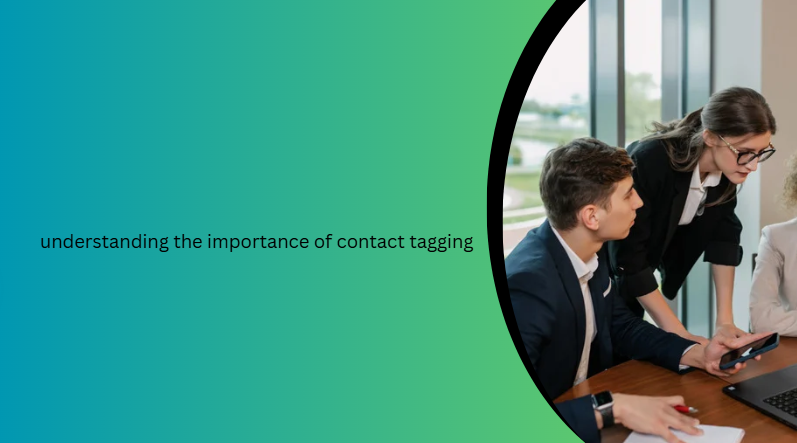Choosing a Consistent Tagging System
Before you start tagging contacts in your phone number library, it’s important to establish a consistent system that everyone in your organization can follow. A tagging system should be simple, descriptive, and standardized to avoid confusion. For example, if you use “VIP” for high-priority clients, ensure that all team members use the exact same tag rather than phone number library variations like “V.I.P” or “High Priority.” Consistency also applies to how you structure multi-word tags—decide if you’ll use spaces, hyphens, or underscores, and stick to that rule. You can choose between broad tags, such as “Retail” and “Wholesale,” or more specific ones like “Retail-Clothing” and “Wholesale-Electronics,” depending on the size and complexity of your contact base. By setting clear tagging rules from the beginning, you ensure your contact library remains organized and easy to navigate, even as it expands over time.

Implementing Tags for Efficient Search and Segmentation
The real power of tagging contacts lies in the ability to quickly search and segment them based on shared labels. This is especially useful for targeted communication campaigns. For example, if you are running a promotion for a specific city, you can instantly pull up all contacts tagged with that location. Similarly, if you want to follow up with all “prospective clients” who expressed interest in a certain service, a simple search for that tag will give you an actionable list. Many contact management tools and CRM systems allow you to filter, sort, and export contacts based on tags, making it easier to run SMS campaigns, email marketing efforts, or personal follow-ups. By strategically tagging contacts according to relevant criteria, you not only save time but also increase the relevance and effectiveness of your outreach, leading to higher engagement and better results.
Maintaining and Updating Your Tagging System
A tagging system is only effective if it is maintained regularly. As your contact list grows and changes, tags need to be updated to remain accurate and relevant. Outdated or inconsistent tags can lead to missed opportunities and confusion. Set aside time periodically—perhaps monthly or quarterly—to review and clean up your tags. This might involve merging duplicate tags, deleting obsolete ones, or adding new categories to match current business needs. Encourage everyone who has access to the phone number library to follow established tagging guidelines and to make updates as necessary. Additionally, consider automating some tagging processes if your software allows it. For example, new contacts from a specific sign-up form could automatically be tagged as “newsletter-subscriber,” reducing the risk of human error and keeping your tagging structure up to date effortlessly.
Maximizing Value Through Tag-Driven Communication
Once your phone number library is well-tagged and maintained, you can leverage it for highly personalized and impactful communication. Tag-driven communication ensures that each contact receives messages relevant to their needs, location, and preferences, which greatly improves engagement rates. For example, a customer tagged as “loyal-buyer” could receive exclusive offers as a reward for repeat purchases, while a “new-lead” might get an introductory message to build trust. Tags also make it easier to track the success of different campaigns by allowing you to measure responses from specific segments. Over time, the insights gained from this data can help refine both your tagging strategy and your communication approach. In short, tagging is not just an organizational tool—it’s a powerful strategy that enhances customer relationships, streamlines marketing efforts, and ultimately drives better results from your phone number library.